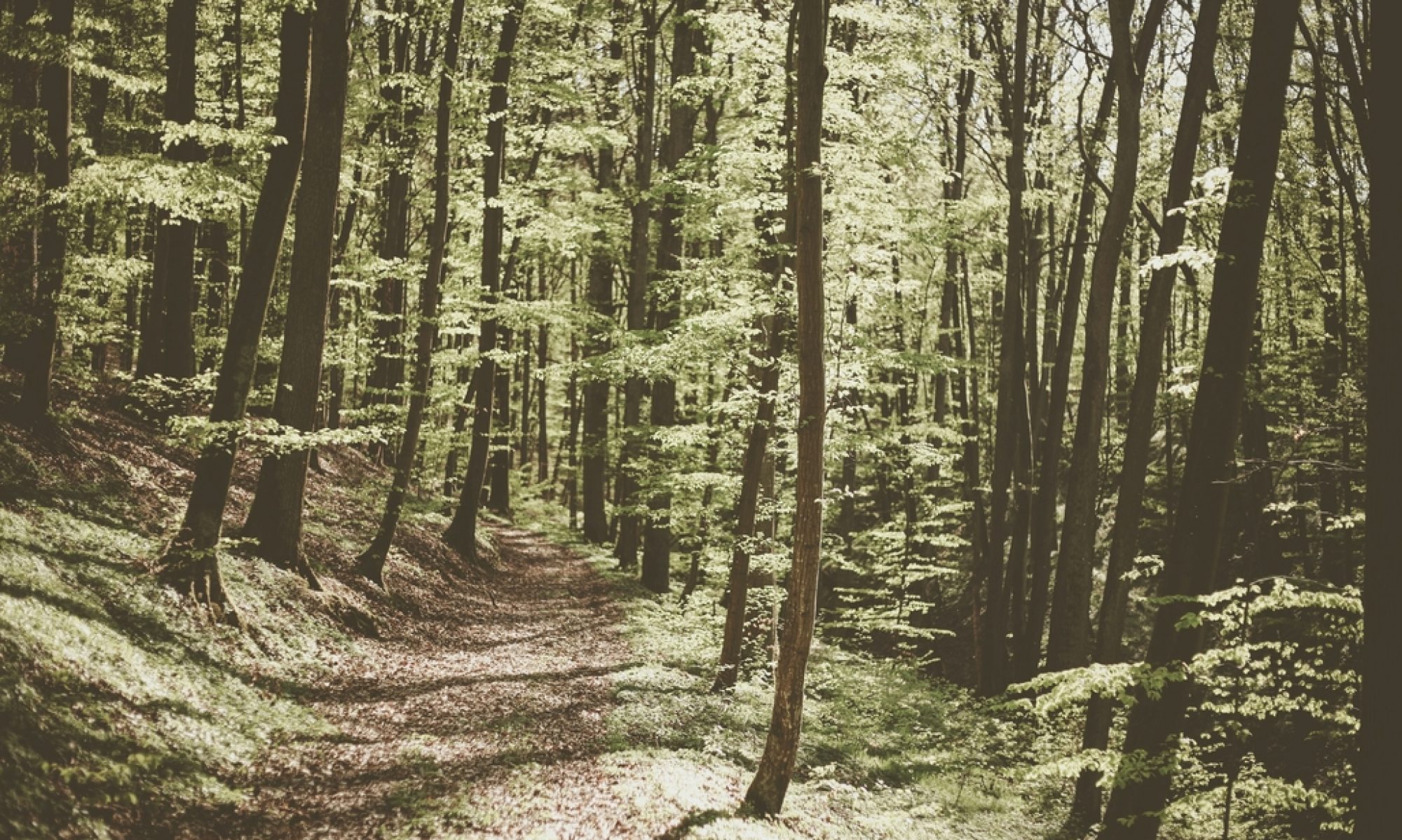There are many reasons to call a certified arborist. The most known is certainly the felling of trees. But he can also tree pruning, tree trimming, guage, grub, chop and even detect diseases, among others.
The distinction between a hobbyist and a tree care professional is considerable. The certified arborist has been trained. His specialty allows him to give sound advice concerning the maintenance of trees throughout their development. When he intervenes, he knows what impact his actions will have. Thus, he can take care to lessen the effects, to protect the arboricultural health, to prevent damage to the trees, as well as possible felling or dangers to your loved ones. His knowledge allows him to develop long-term maintenance plans based on a proper assessment. In particular, he can establish ways to control diseases or any damage to a property, especially to avoid the fall of a tree; he can even recommend felling if necessary.
Different situations may lead to the need to cut down a tree. An expert will show you an alternative when it exists. In fact, he will do everything possible to avoid this extreme measure. If it must be done, he will explain the reasons.
Weather conditions
Bad weather can seriously damage trees, especially if they are already weakened by disease or age. Even extreme weather can cause them to die. When trees are struck by lightning, breakage or serious injury can result. The arborist specifies interventions that will help your trees, if possible. Make them stronger against hazards or repair them after damage.
![]()
Invasive insects
Insects and parasites can cause infestations. The emerald ash borer is an example. The damage can be irreversible. The insects seek out nutrients in the foliage or bark, thus reducing the natural defenses of the victim tree. If you get an arborist to intervene in time, he can prevent the specimen from dying. So, at the first sign of trouble, it is important to call a certified arborist. Plus, their estimates are usually free of charge. So take action.
Invasive Roots
Another important point: tree roots can become invasive and come dangerously close to drains, artesian wells, septic tanks, soils… eventually causing expensive material damage. The willow is a species to watch in this sense. Moreover, when planting, it is recommended to ask the advice of an arborist to choose an appropriate species or location, far enough away from your residence for example. So include this specialist in your landscaping. In the long run, it will save you time and money.
The bottom line is that when you are concerned about a tree, don’t wait and call a certified arborist immediately to get a reliable assessment of the situation.
Thanks to Emondage L’Assomption to have sponsored this article.
